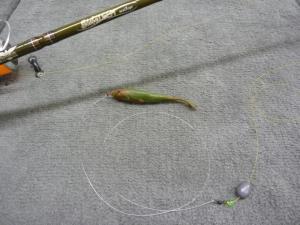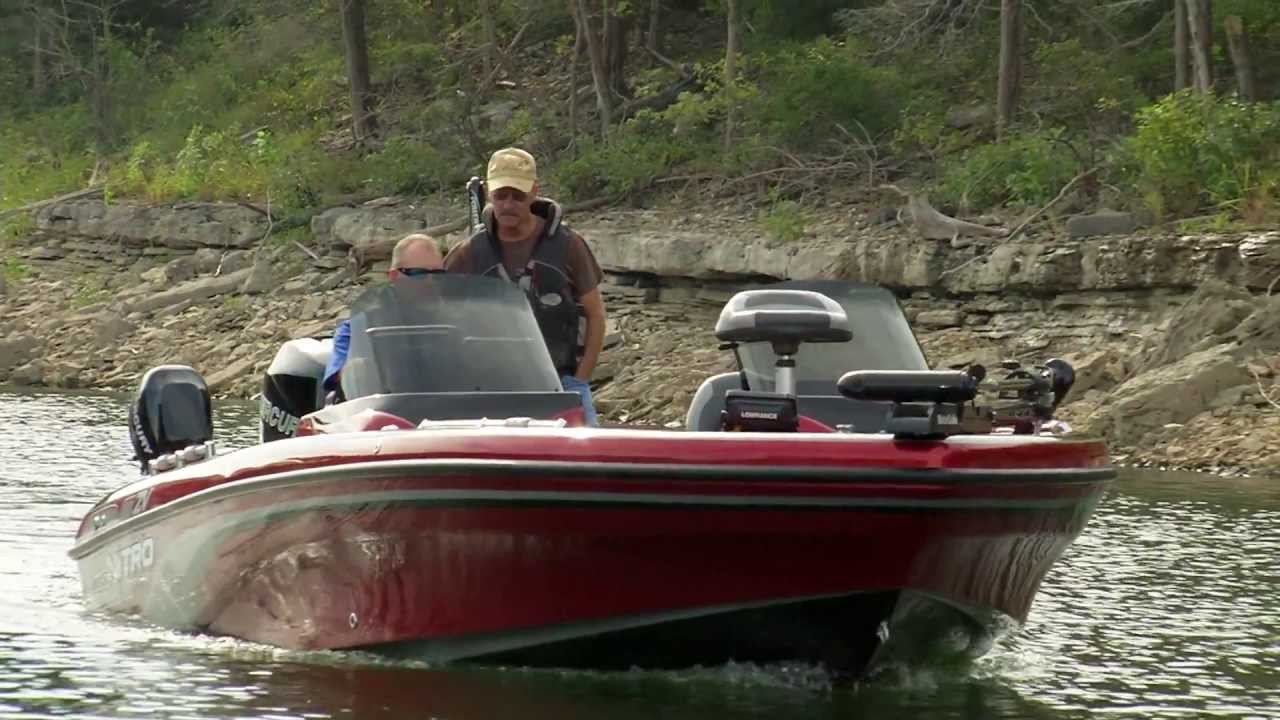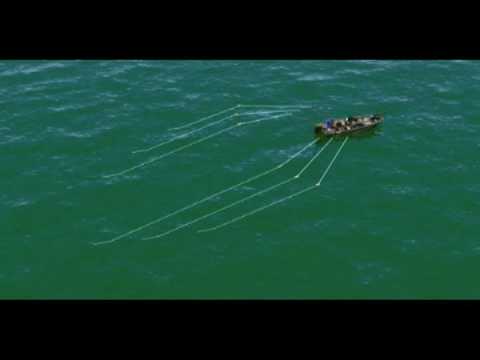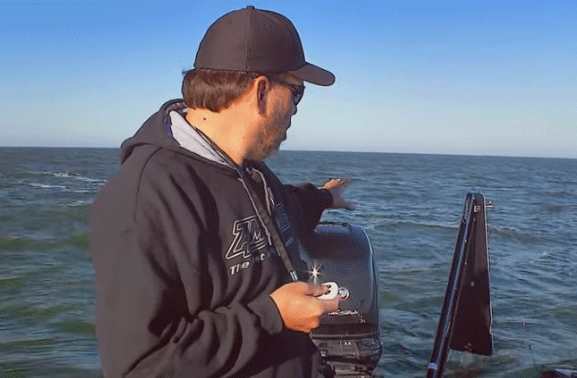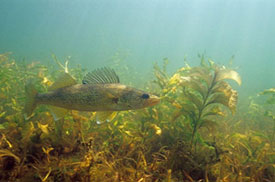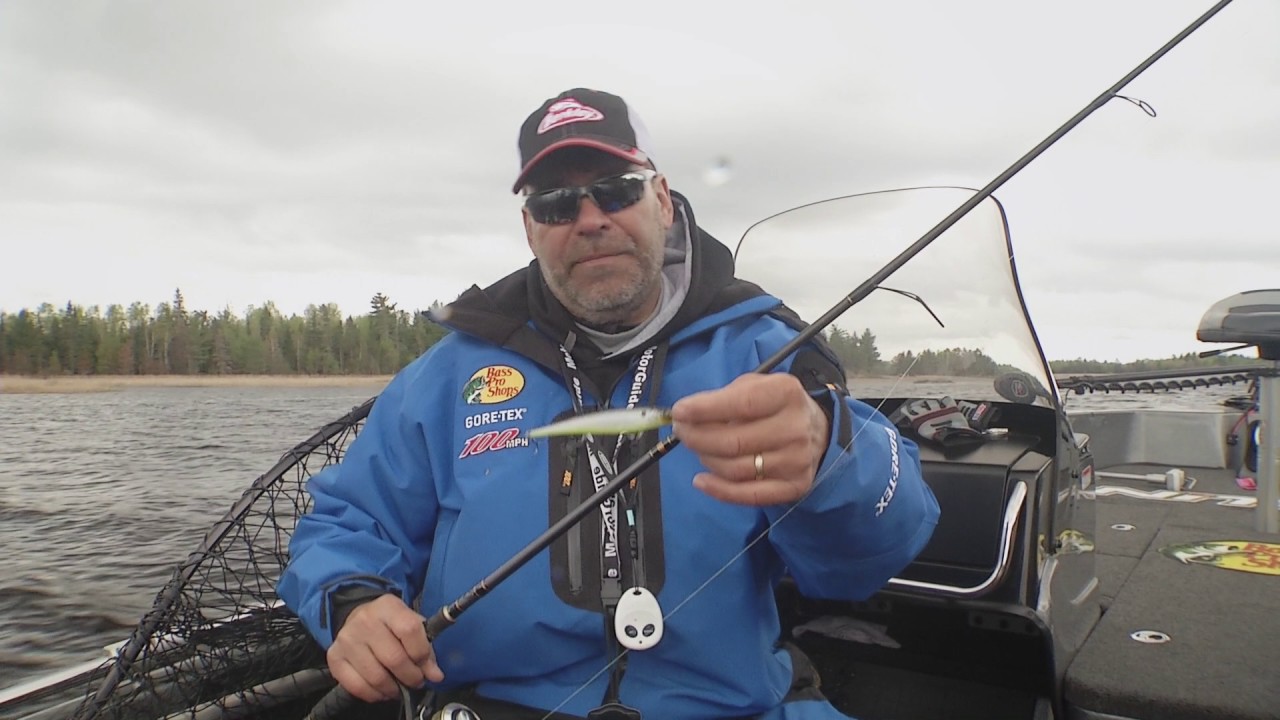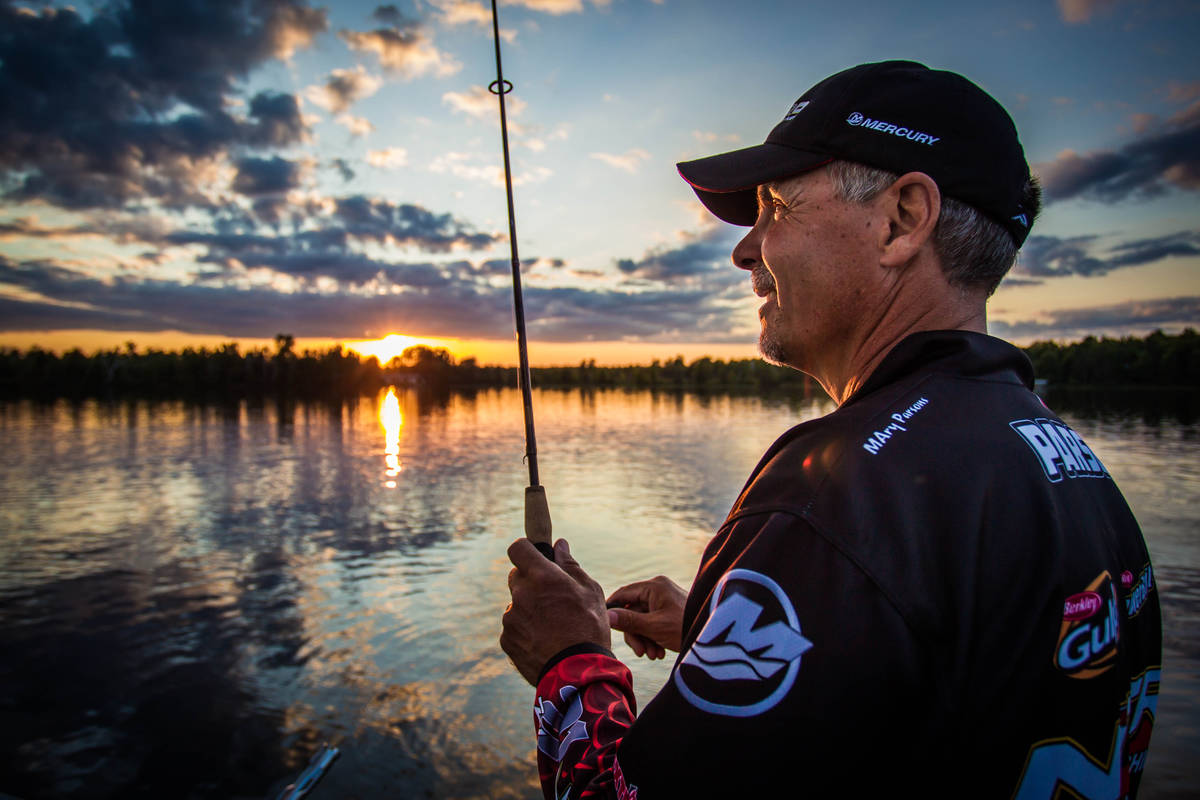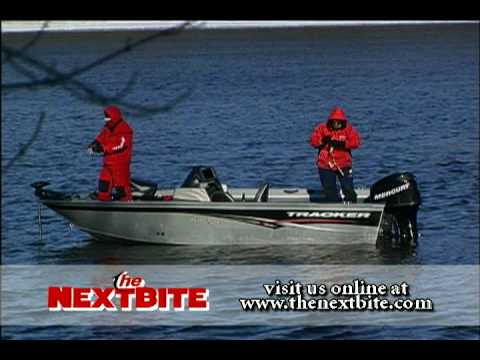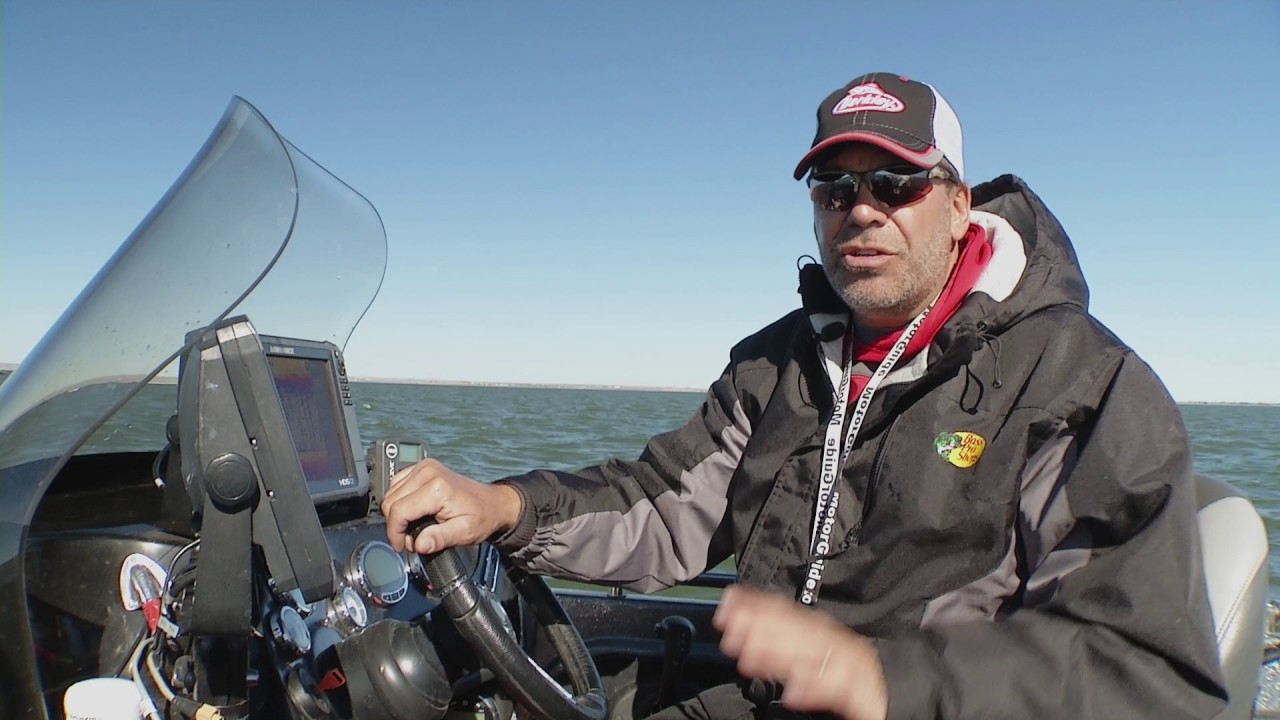In late winter and into early spring, river walleyes can be tough to catch simply because run-off and spring rains can muddy up the water and make it difficult for the fish to find your presentation. That, coupled with the fact that these fish are often related to very tight, specific pieces of cover where they hang just out of the main current, make a precise pitching presentation ideal. That is as long as you pitch a bait tht will get their attention.
Total Solutions Technique
Veteran walleye “river rats” will tell you that in order to target river walleyes in dingy water, you need a tactic that will hit ‘em right on the nose, or at the very least, get their attention and allow them a chance to find the bait in less-than-ideal conditions. Making short, precision pitches and short casts to specific spots is what this calls for. You have to put the jig where the fish are. In most rivers, you would do well to target such areas as shallow deltas, rip rap areas, sand bars, submerged rock piles, face of wing dams etc. Look for these types of small spots that you can work thoroughly.
But pitching like this is typically done using a light jig and bait or a jig and artificial body, and is a technique that is normally more productive in clear water where the walleyes have a good chance of spotting the offering. In low-visibility waters, using a jig body with built-in vibration can make a huge difference in getting your lure noticed, and thus bit.
Work the bait with an aggressive “pop”, getting the jig up aggressively and then pause at the top of the stroke to allow the bait to swim towards you. Using this technique in conjunction with a no-stretch line allows you to actually feel the tail vibrating – kind of like when using a blade bait.
Total Solutions Equipment
There are many good artificial tails that when dressed on a jig will catch walleyes, but when you need a lure that puts out a good deal of vibration and attracts fish in dingy water, few baits fit the bill better than Berkley’s PowerBait Ripple Shad. I like the 3 inch size fished on a 1/8 to 1/4 ounce jig. This combo works well in 1 to 10 feet of water which covers 90% of the situations you’d fish in a river. What makes the Ripple Shad better than other shad tail baits is that the cuts (or ripples) in the body make it more flexible which produces more vibration with less movement of the jig. Since I typically use this in low-visibility water, I like colors like Firetiger, Glow/Chartreuse or Pearl White. For line, I suggest Berkley FireLine Crystal in 6 pound test, and tie that directly to the jig. The line is translucent enough that in the dingy water, the fish won’t see it.

